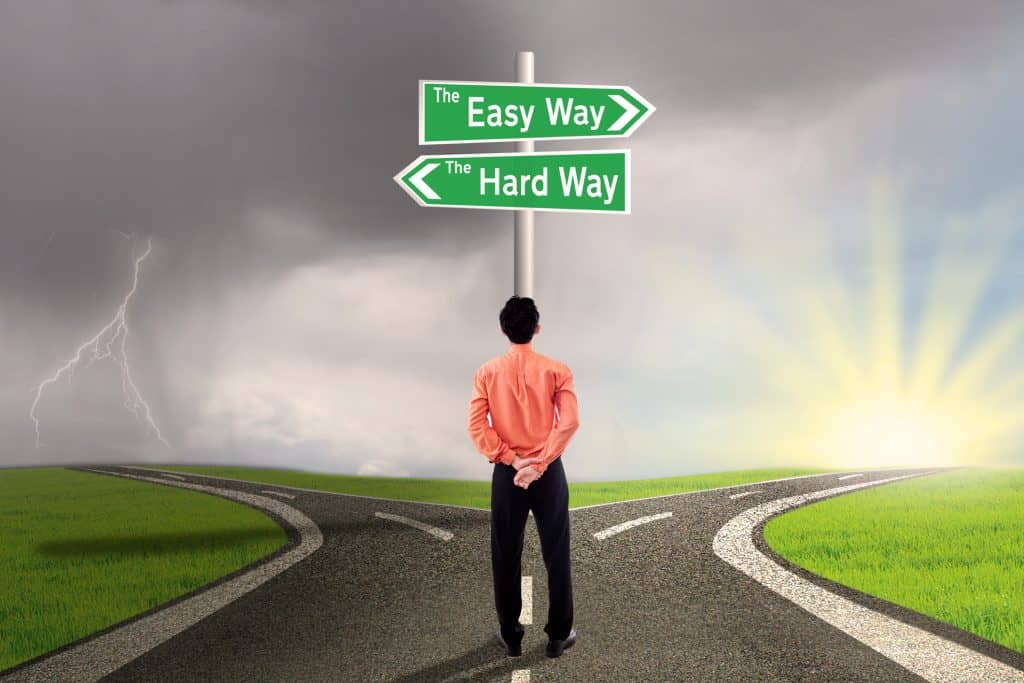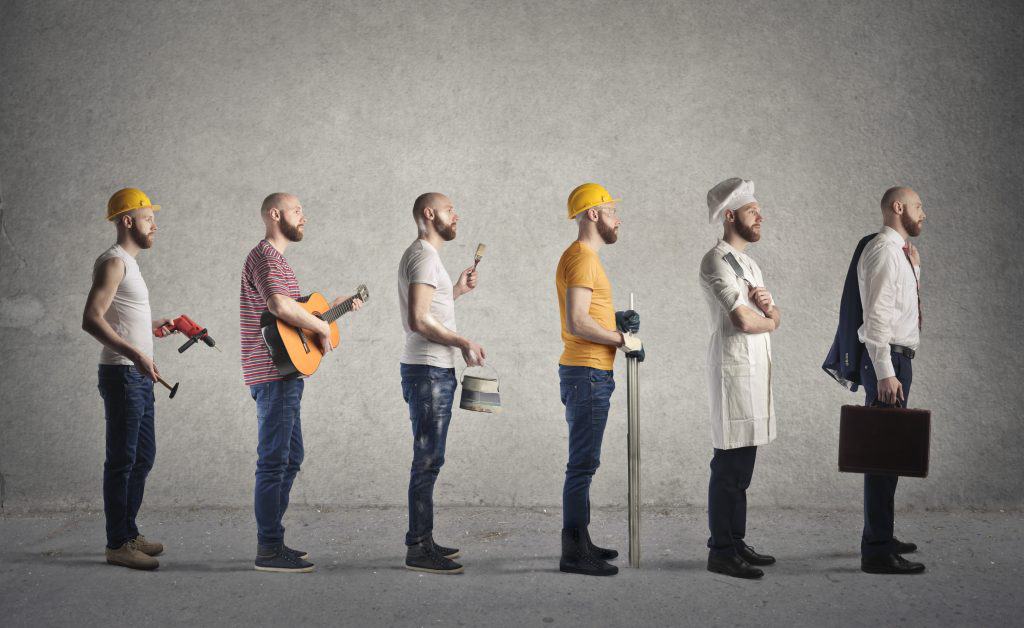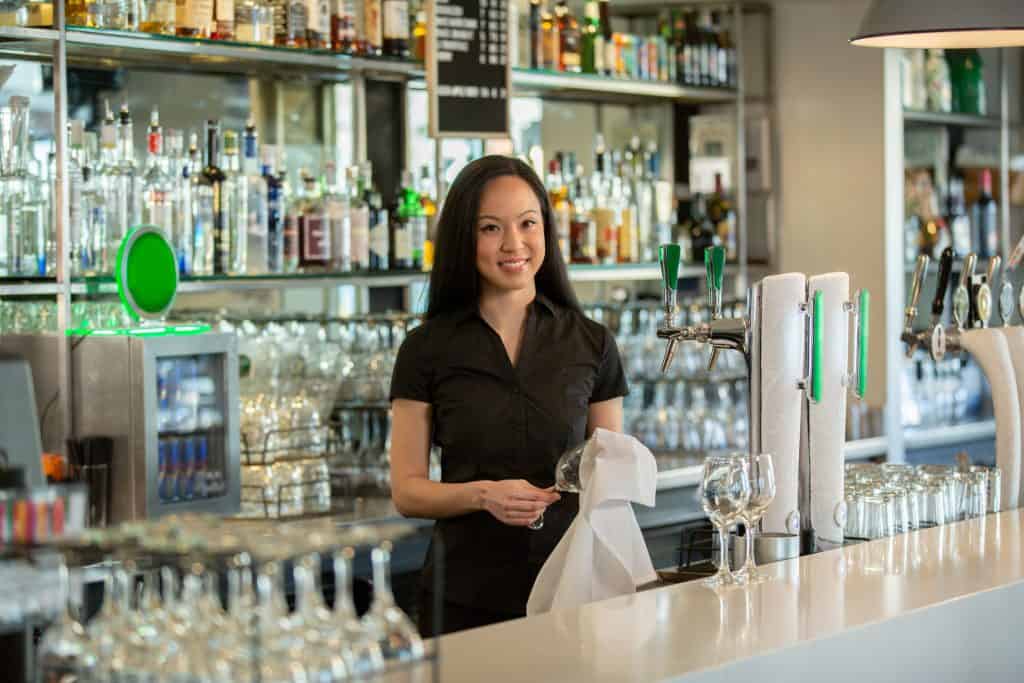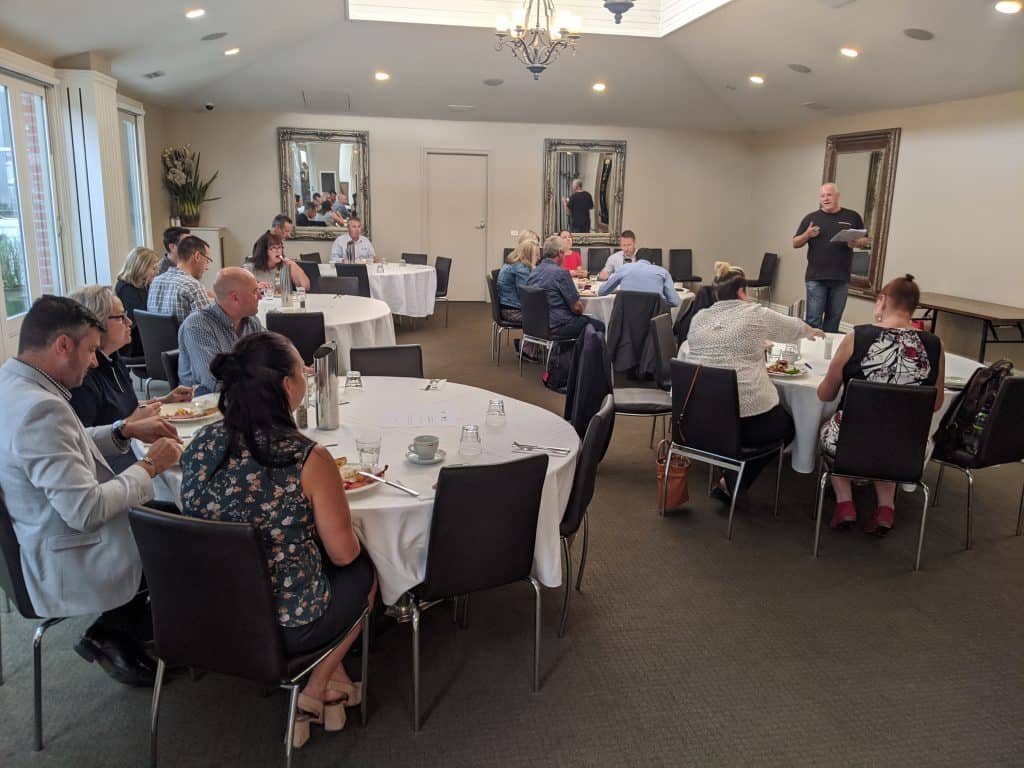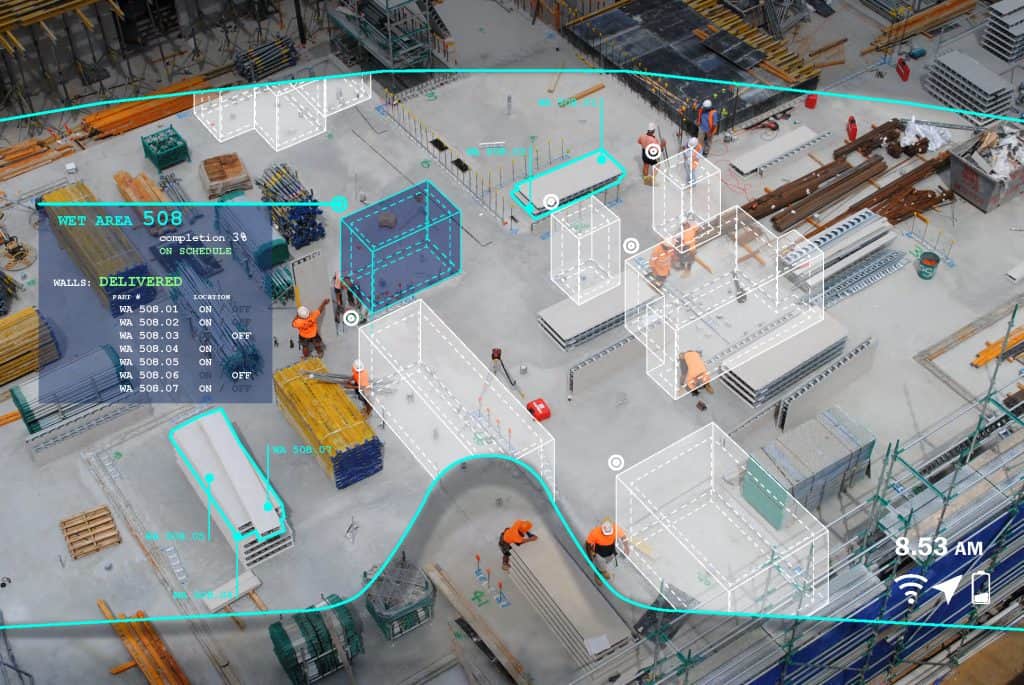
In March 2020, several Victorian universities and others were proud to announce their being provided government grants to
“…. transform how buildings are designed and manufactured in Australia”.
Given that safety in Design of buildings has been an ongoing initiative for many years, several questions on this topic were sent through to the Interim CEO of Building 4.0 CRC, Monash University Professor Mathew Aitchison. Below is the response.


